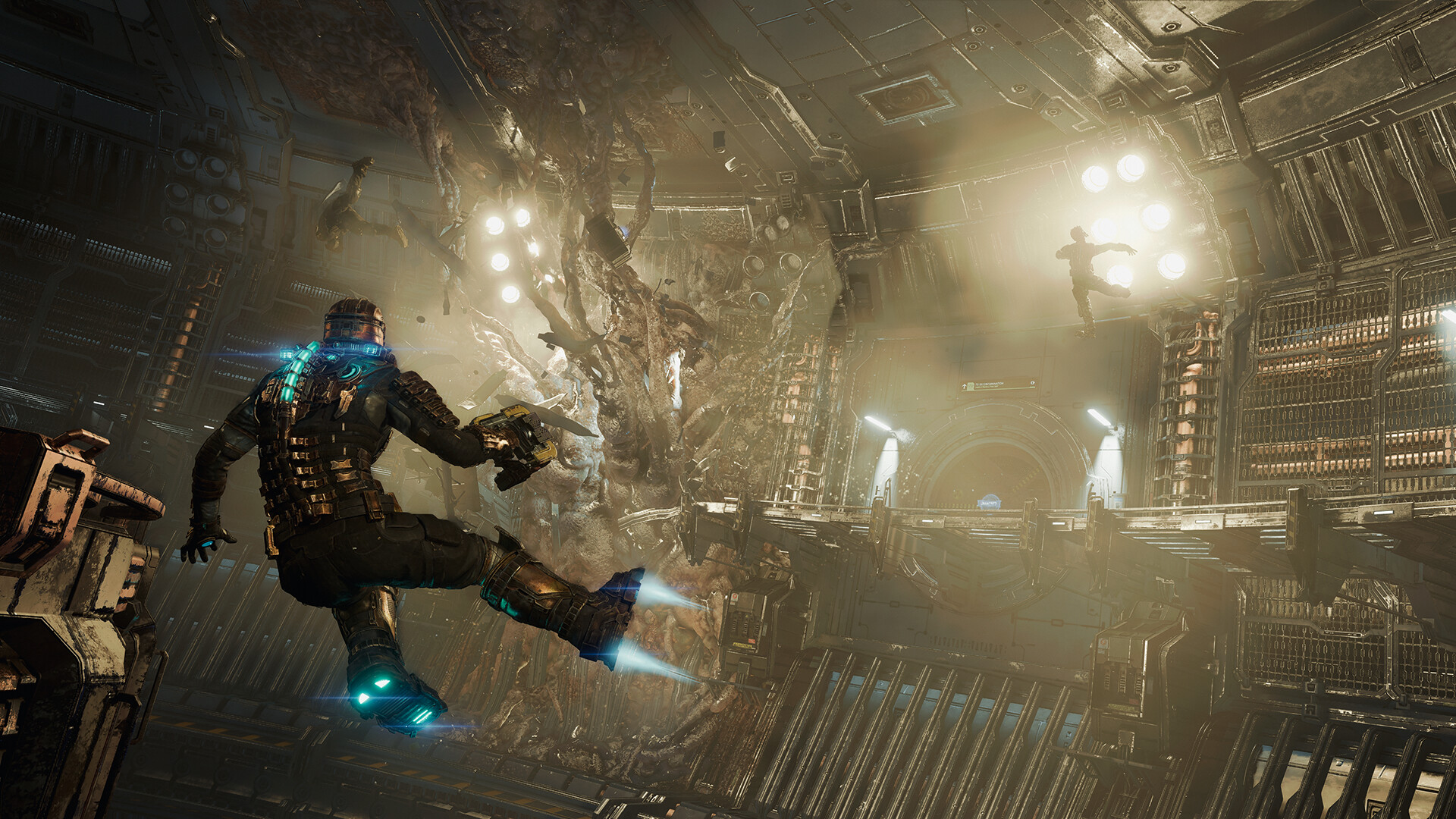VietnamRadioEnjoyer
Member
- Joined
- Dec 20, 2022
- Messages
- 37
- Likes
- 70
What I mean by immersion is the feeling of being there. The scary moment when soundstage & imaging is so perfect that you forget about the audio & look around to see what happened
for binaural, you should use an in-ear or headphone. for surround audio you can listen on a surround speaker setup or use a virtual surround software to convert it to binaural. and non-gaming stereo audio is usually made with stereo speakers in mind
These things are figured out. But not all games support binaural or surround. So what provides best experience when gaming with stereo audio? do you find open-back over-ears more immersive or speakers? or maybe IEMs? Which should theoretically be better?
The reason I am differentiating stereo audio for games is that in my experience, while stereo speakers can create a good stage in front of you, they can't do what headphones (& IEMs to some extent) can, which is enveloping you in the sound. and I find that it is more important for games. But I don't have access to proper speaker systems yet so maybe good stereo systems can compete with headphones in that area
for binaural, you should use an in-ear or headphone. for surround audio you can listen on a surround speaker setup or use a virtual surround software to convert it to binaural. and non-gaming stereo audio is usually made with stereo speakers in mind
These things are figured out. But not all games support binaural or surround. So what provides best experience when gaming with stereo audio? do you find open-back over-ears more immersive or speakers? or maybe IEMs? Which should theoretically be better?
The reason I am differentiating stereo audio for games is that in my experience, while stereo speakers can create a good stage in front of you, they can't do what headphones (& IEMs to some extent) can, which is enveloping you in the sound. and I find that it is more important for games. But I don't have access to proper speaker systems yet so maybe good stereo systems can compete with headphones in that area
Last edited:


